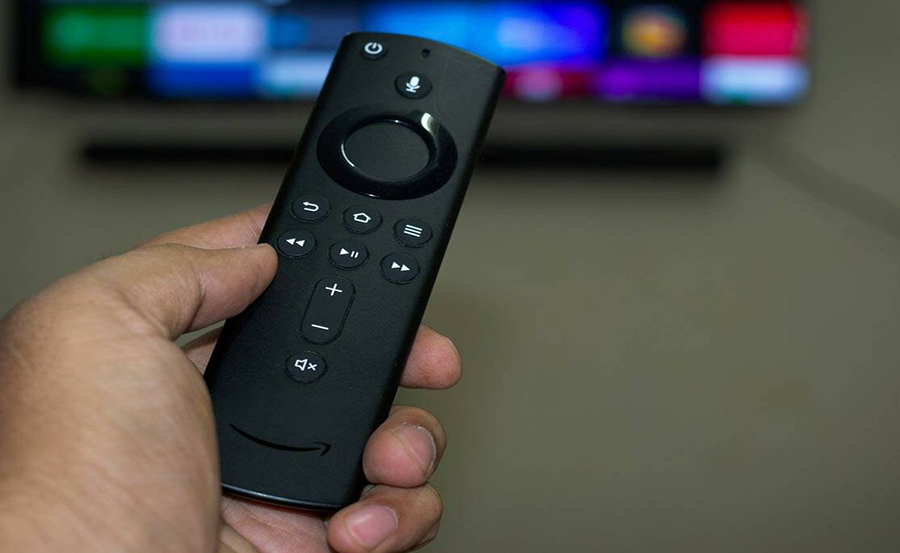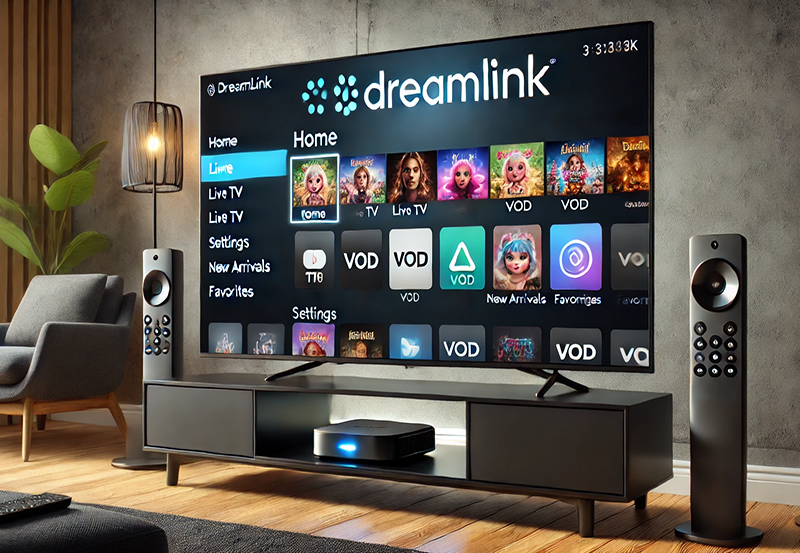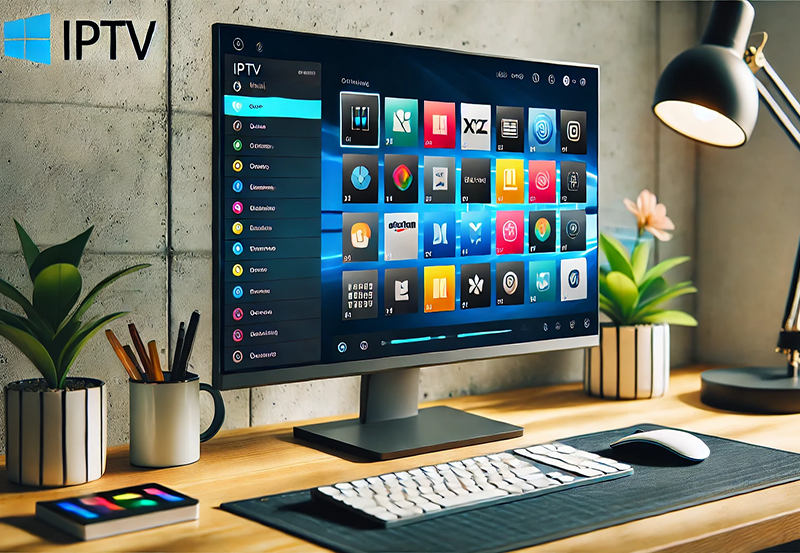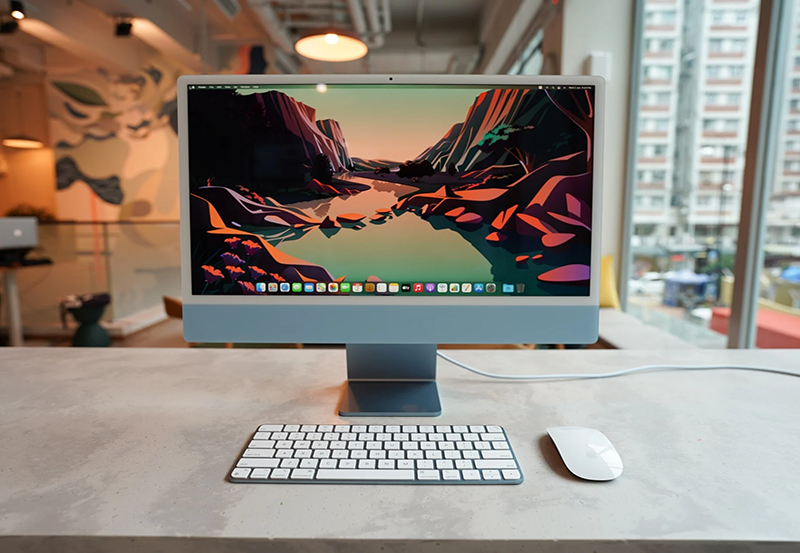In the ever-evolving landscape of home entertainment, choosing the right streaming device can significantly enhance your viewing experience. The competition between Amazon Firestick and Roku is more heated than ever, with both providing unique features and content access that cater to various preferences. As streaming becomes an integral part of our daily lives, making the right choice can be daunting. This comprehensive guide examines the nuances of both devices, comparing their strengths, weaknesses, and everything in between, to help you decide which streaming companion suits you best.
Getting to Know the Contenders
What Makes Firestick Stand Out?
The Amazon Firestick, part of the Fire TV family, has carved out a significant portion of the streaming market. Offering a vast array of applications, it supports popular services like Netflix, Prime Video, and Hulu. It turns any compatible television into a smart TV, allowing access to thousands of channels and apps. Key to its appeal is its robust support for Amazon Alexa, facilitating voice commands for navigation and control, which arguably enhances user convenience.
Firestick’s hardware capabilities are noteworthy—streaming in high-definition and 4K, providing crystal-clear picture quality. It’s designed to maximize your streaming delight by providing a seamless viewing experience with quick access to content. Moreover, the device’s compatibility with IPTV service for firestick expands possibilities for accessing international channels, adding to its versatility.
Smart Insight:
Unlock premium UK entertainment with XtremeHD UK, offering crystal-clear live TV and on-demand content.
Roku’s Core Attributes
Roku has long stood as a beacon of simplicity in the realm of streaming devices. Known for its user-friendly interface, Roku supports an extensive range of streaming services, more than most competitors in the market. Whether it’s Disney+, HBO Max, or even niche services, Roku’s platform is exemplary in its inclusiveness. Its customizable home screen is lauded for ease of navigation, which makes content selection a breeze even for non-tech-savvy users.
For those looking for diverse content, Roku’s compatibility with various apps, including free channels, is a notable advantage. While it might not have the same level of Alexa integration as Firestick, its comprehensive search features compensate by helping users find shows and movies across multiple channels. It’s a strong contender for those who prioritize content variety and accessibility.
Diving into the Details: Technical Specs and Features
Understanding Performance Metrics
When it comes to performance, it’s hard not to consider the technical specifications. Both Firestick and Roku offer 4K streaming options, which cater to high-definition enthusiasts. However, there are subtleties worth noting in aspects such as processing power, interface design, and connectivity options. Firestick is equipped with a powerful quad-core processor aiding in smooth operation, while Roku emphasizes its reliable performance and range of models suited for different needs.
The choice between the two can come down to specific specifications like processor speed and RAM, which affect how quickly and efficiently a device can run applications. Consumers interested in a device that operates swiftly on high-demand applications may find Firestick’s hardware slightly more appealing, though the difference can be marginal.
Operating Systems: Fire OS vs Roku OS
Another critical component in your decision-making process is understanding each device’s operating system. Firestick operates using Amazon’s Fire OS, which is distinctly aligned with their ecosystem. This can be particularly advantageous for users already knee-deep in Amazon’s services, integrating seamlessly with other Amazon products like Echo devices.
In contrast, Roku OS is often praised for its simplicity and neutrality—it doesn’t push content from any one service provider. This impartial stance can be refreshing, allowing users to customize their dedication to specific streaming services without the system having a bias.
Evaluating Content Accessibility and User Experience
App Availability and IPTV Services
An essential factor for many users is the availability of apps and services. Firestick users benefit from a variety of additional apps and the excellent integration of IPTV service for firestick. This makes it possible to access numerous channels that might not otherwise be accessible, depending on the region.
Roku, however, offers the broadest selection of streaming apps, extending beyond mainstream platforms to include options for IPTV subscription plans. This adds a level of comfort for users considering alternative viewing options without compromising on variety or quality.
User Interface and Navigation
Interface design plays a significant role in how users interact with streaming devices. Firestick’s interface is visually appealing and integrates Amazon’s recommendation algorithm, which can effectively tailor content suggestions. However, some users may feel overwhelmed by the promotional material and Amazon-centric content.
Roku offers a cleaner, more minimalistic interface that many users find intuitive. Its ease of setup and navigation makes it a favorite among users who value simplicity and don’t want to engage deeply with complex settings. The streamlined interface is perfect for those who appreciate a hassle-free experience.
Exploring Pricing and Value for Money
Initial Purchase vs Long-term Value
Price undoubtedly plays a pivotal role in consumer decisions. Firestick and Roku both present budget-friendly entry points, yet their value extends beyond the purchase price, factoring in subscription plans and additional features. While Firestick offers exclusive Amazon content and services, this might require additional subscriptions if you’re not an existing Amazon Prime member.
Meanwhile, Roku doesn’t offer content-specific advantages but instead provides access to several free channels and services. This can sometimes equate to long-term savings, especially for users who are keen on accessing free content.
Hidden Costs and Additional Subscriptions
Another aspect of the pricing to consider is the potential for hidden costs. Both devices might necessitate extra subscriptions, depending on users’ desires for content access—such as IPTV subscription plans for exclusive programming. Ensuring full compatibility and maximizing your streaming delight may involve subscribing to additional services, which means factoring these into the overall cost is prudent.
Firestick users might be more inclined to invest in the broader Amazon ecosystem, while Roku enthusiasts may find their expenditure focused on service diversity.
Enhancing Your Entertainment Setup
Connected Devices and Smart Home Integration
Both devices integrate well with smart home setups, albeit in different capacities. Firestick thrives within Amazon’s smart ecosystem with Alexa, turning your TV into an integrated part of your smart home network. This interconnectedness follows naturally along Amazon’s strategic product line, offering streamlined functionality and control.
Roku, on the other hand, can connect with a variety of smart assistants including Google Assistant and Apple HomeKit. This flexibility helps in blending with diverse smart home environments without necessitating brand loyalty, a big plus for those who already have a mixed-ecosystem smart home.
Accessories and Add-ons
Enhancing your multimedia setup doesn’t stop at the device alone; accessories can further tailor the experience to your preference. For Firestick users, additional Alexa-based accessories can significantly augment device functionality. From voice remotes to Echo Dot partnerships, these accessories help customize the viewing experience.
Roku users might look towards solutions such as headphone-jacked remotes, or additional streaming sticks for multiple-room setups. These accessories not only add comfort but ensure that the streaming experience is evenly distributed throughout the home, catering to personalized needs.
The Verdict: Making the Best Choice for You
Choosing between Firestick and Roku really hinges on understanding what you value most in a streaming device. Is the embedded Amazon ecosystem and voice-controlled features through Alexa a decisive factor for you? Or do you lean towards Roku’s ease-of-use and broad spectrum of app accessibility? Each has its merits, perfectly suiting different types of users with customized needs and preferences.
Taking into account factors like app availability, smart home integrations, cost implications, and device flexibility, your ultimate decision should reflect your viewing habits and entertainment goals. Whether you’re maximizing your streaming delight with extensive choices or opting for streamlined simplicity, both Firestick and Roku provide robust solutions.
Frequently Asked Questions

Can Firestick improve if I subscribe to IPTV services?
Definitely! IPTV services enhance Firestick by broadening your viewing options beyond conventional apps, offering access to international channels, live TV and unique content.
Are there subscription plans exclusive to Roku users?
Roku itself doesn’t offer exclusive subscription plans but provides access to a vast array of services including many free channels and can support custom IPTV subscription plans.
What type of user benefits most from Roku?
Users looking for diversity without complexity will appreciate Roku. Its broad support for apps and services makes it friendly for those new to streaming or less tech-savvy.
Is Alexa integration worth it for Firestick users?
For users who are comfortable with voice commands and integrated smart home systems, Alexa enhances the Firestick experience by offering hands-free control and seamless operation.
What do I need to consider with Firestick’s ecosystem?
Understanding the depth of Amazon’s ecosystem is crucial—it’s tailored to users subscribing to Amazon services and products, which can offer extensive benefits but may require additional commitments.
Do these devices support multi-room setups?
Both devices can support multi-room setups with the use of additional streaming sticks for Roku or Firestick, ensuring consistent access throughout the house.
Is there a learning curve for setting up these devices?
While there’s a slight learning curve primarily associated with understanding the interface, both devices are designed for straightforward installations, offering guided setups and help resources.
iPlay TV App Subscription Plans: What Are Your Options?





